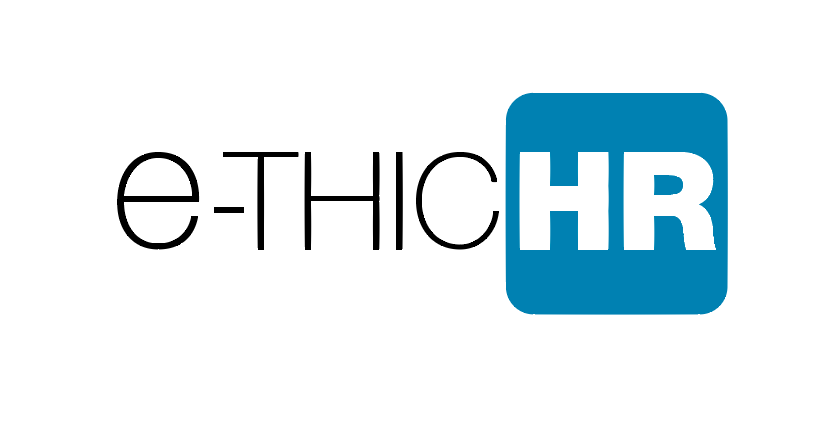By Josh Hale
Believe it or not, there are a lot of parallels between being a successful poker player and a successful recruiter. I should know. In addition to being a third-party recruiter for almost 10 years, I have played poker with some degree of seriousness since college. Recently, I won one of the World Poker Tour’s marquee events, the Legends of Poker, at the Bicycle Casino, besting a field of mostly professional poker players.
After some obligatory celebration, I was back in the office and working a desk the following week, which got me thinking about how similar skills that help me in my day job are also critical to my success in one of my main “hobbies.”
Some examples include of skills that are used in both recruiting and poker are:
- People Reading
- Psychology
- Patience
- Risk v. Reward Analysis
The list could go on, but there is one crucial skill that I think stands out as being perhaps the most valuable and underrated skill that one needs for success in both, and that is the ability to measure “Expected Value.”
Expected Value or “EV” is a predicted value of a variable, calculated as the sum of all possible values each multiplied by the probability of its occurrence. In poker (and other forms of gambling), measuring EV is a common way to estimate outcomes when choosing various actions such as when to check, bet or fold.
Let’s look at a basic example (I’ll use dice instead of cards to keep it simpler for non-poker players):
Assume that you bet $1 to roll dice, and if you make a sum of ten, you get $5. What is the EV of this game?
There are 36 ways to throw 2 dice. To get ten, you need 5,5, 6.4 or 4,6, so three ways. Therefore, the chance of winning $5 is 3/36 and the chance to lose $1 is 33/36. The EV calculation is $5*(3/36) – $1(33/36) = ($5 * 8.3%) – ($1 * 91.7%) = $0.42 – $0.92 = -$0.50. In other words, this dice game is a losing proposition and has a negative EV of -$0.50 for each roll of the dice.
Similar calculations can be made in poker based on cards and knowing those calculations helps experienced players make winning plays.
How does this apply to recruiting?
Let’s assume that you are a contingency recruiter who only collects a fee and is paid when you successfully complete a search. As such, one of the most important decisions you make is determining where you are going to spend the majority of your time, and only working on job orders where you will have good odds to earn your fee.
Similar to our dice game, EV calculations can help you determine where your time is best spent.
Let’s look at an example where you have two active job orders, but only time to recruit for one. Where should you spend your time?
Job Order A is with a new client who requires you to work through HR with limited access to hiring managers. You are in competition with two other contingency recruiters, and thus your odds of filling the position are less than normal due to competition. However, it is a fairly basic search, and you think you can find someone from your files without spending too much time. You agreed to a discounted fee for this order and expect the fee to be about $20k based on 20% of the expected $100k salary.
Based on this, your estimates for Job Order A are:
- $20k fee (20% of $100k)
- 35% fill ratio (lower based on competition and lack of history with the client)
- 8 hours to identify candidates and close the deal (lower based on perceived ease of search)
Job Order B is with an existing client and you have direct access to the hiring manager. The salary is a bit lower at $80k, but you have a 25% fee agreement in place. This client has agreed to work with you exclusively, and based on past experience, you feel you have a very high liklihood of filling the order. However, it is a difficult search and will likely take you twice the effort to identify the right candidate, as you are certain that this candidate is not in your files.
Based on this, your estimates for Job Order B are:
- $20k fee (25% of $80k)
- 80% fill ratio (higher based on past history)
- 16 hours to identify candidates and close the deal (longer based on perceived difficulty of search)
Which order should you recruit for? Or, better question, what is your EV for each order?
Since the question is framed around where you should spend your time, we’ll consider your EV on an hourly basis. For Job Order A, the EV is $20k*.35/8 = $875/hour. For Job Order B, the EV is $20k*.8/16 = $1000/hour. Therefore, Job Order B has a higher hourly EV ($1000/hour) than Job Order A ($875/hour) and is where you should spend your time, despite Job Order A being an “easier” search.
Of course, there are many other variables to consider in both poker and recruiting. In poker, if you feel that when you make your hand, your opponent will call additional bets from you, this can sway a negative EV proposition to positive EV. In the recruiting example, if you feel that filling a job order for aspecific client may burst open the floodgates to additional business down the road, it may make sense to give up some initial EV for potentially +EV in the future. Either way, taking into account all the variables and calculating your expected value before each decision will help ensure that you are making a good bet.
Good luck!
